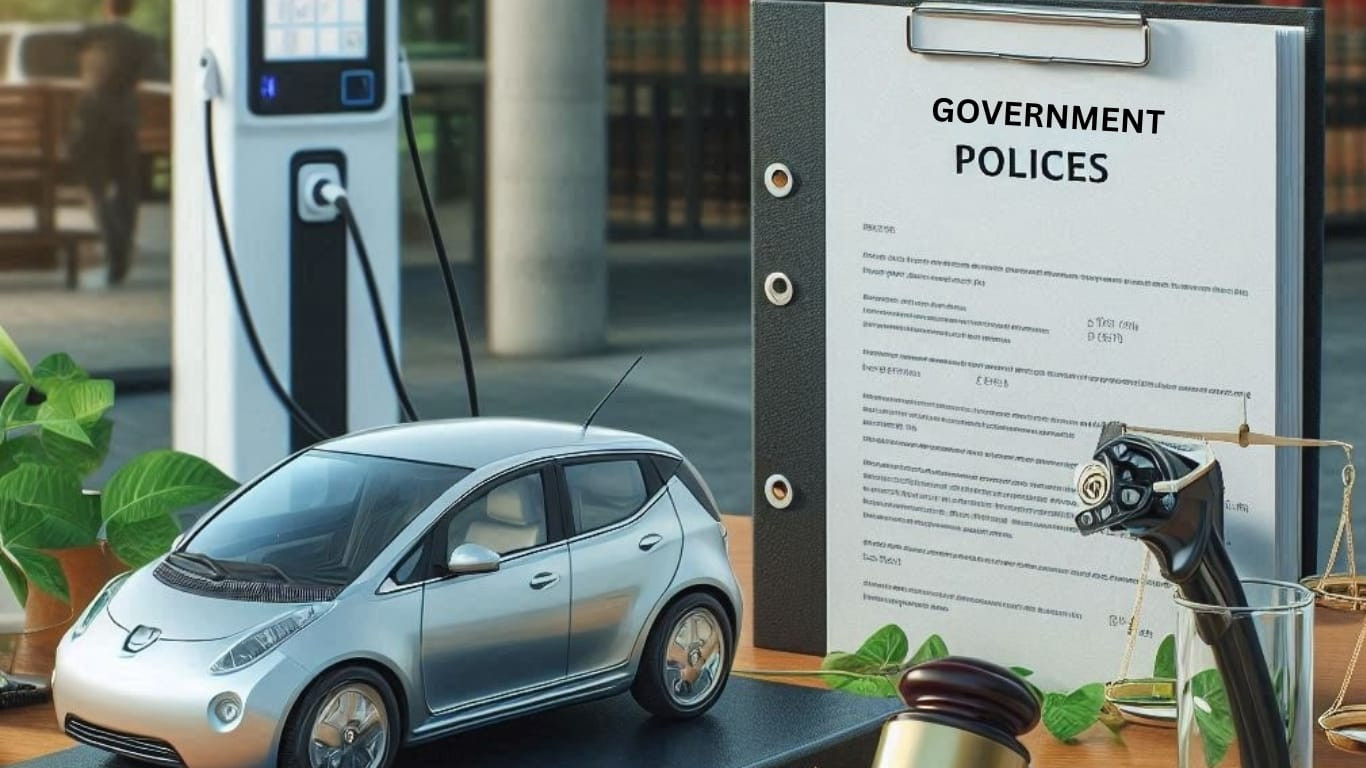
India is accelerating its transition to electric vehicles (EVs) through a series of game-changing policies. Since the launch of the FAME scheme in 2015 and now moving to the PM E-DRIVE Scheme in 2024, the country has been building a strong foundation for the future of electric mobility. In this blog, we’ll explore the journey of India’s EV policies, from the inception of FAME to the recently announced PM E-DRIVE Scheme. We’ll also highlight key achievements, challenges, and the road ahead for India’s sustainable transportation system.
The FAME Scheme: India’s First Step Toward Electric Mobility
India’s electric vehicle revolution began with the FAME (Faster Adoption and Manufacturing of Hybrid and Electric Vehicles) scheme under the National Electric Mobility Mission Plan (NEMMP). Launched in 2015, FAME focused on boosting EV demand by offering financial incentives and building charging infrastructure. Over time, FAME evolved into two phases FAME I and FAME II each with specific goals before transitioning to the more ambitious PM E-DRIVE scheme in 2024.
FAME I (2015-2019): Laying the Groundwork
FAME I set the stage for India’s electric mobility transition. With a budget of ₹895 crore, the program provided financial incentives for EV buyers and manufacturers, supported the sale of 2.8 lakh EVs, and initiated crucial infrastructure development.
Key Achievements of FAME I:
Public Awareness: Multiple campaigns raised awareness about the benefits of EVs.
Charging Infrastructure: 520 charging stations were set up, addressing a key barrier to EV adoption.
Pilot Projects: 425 electric and hybrid buses were deployed across several cities, promoting clean public transport.
FAME II (2019-2024): Scaling Up Electric Mobility
Building on FAME I, FAME II expanded its focus, especially on public transportation. With a significant budget of ₹10,000 crore, FAME II aimed to electrify buses, two-wheelers, and three-wheelers while continuing to develop India’s EV infrastructure. This phase was extended until July 2024.
Key Achievements of FAME II:
Electric Buses: 6,862 electric buses were sanctioned, with 3,487 delivered by November 2023.
Charging Stations: An additional 148 charging stations were established nationwide.
Incentives for Manufacturers: ₹5,248 crore in subsidies were disbursed, supporting the sale of 11.6 lakh EVs by December 2023.
Tata Motors emerged as a key player during FAME II, selling 2,200 electric buses and 15,000 electric passenger vehicles.
PM E-DRIVE Scheme (2024): A New Era of Electric Mobility
On September 11, 2024, India officially launched the PM E-DRIVE Scheme (PM Electric Drive Revolution in Innovative Vehicle Enhancement), replacing the FAME scheme. This new initiative signifies a leap forward in India’s EV policy, focusing on a comprehensive approach to scaling electric mobility across various sectors.
What is the PM E-DRIVE Scheme?
The PM E-DRIVE Scheme aims to accelerate EV production and adoption with a total budget of ₹109 billion (US$1.29 billion) over two years. It covers two-wheelers, three-wheelers, ambulances, trucks, and buses, with special attention to expanding charging infrastructure.
Key Features of PM E-DRIVE:
₹36.79 billion (US$438 million) for demand incentives to boost EV purchases.
₹43.91 billion (US$523.7 million) for public transportation, targeting the purchase of 14,028 electric buses.
Charging Infrastructure: Plans to set up charging stations at 88,500 locations across the country.
Market Share Targets: Aims for 10% market share for electric two-wheelers and 15% for electric three-wheelers by March 2026.
E-Voucher System: An innovative e-voucher system verified via Aadhaar will allow buyers to claim subsidies directly from dealers.
PM E-DRIVE vs. FAME: A Holistic Approach
While FAME I and II focused on generating demand for electric vehicles, they were criticized for not addressing the broader EV ecosystem. The PM E-DRIVE scheme addresses this by taking a more comprehensive approach. It focuses on charging infrastructure, financing options, after-sales services, and workforce development building the foundation for India’s EV future.
How PM E-DRIVE Works with the PLI Scheme
India’s Production Linked Incentive (PLI) Scheme, launched in November 2020, complements PM E-DRIVE by supporting domestic EV manufacturing. The PLI Scheme, with a budget of ₹1.46 lakh crore, encourages local and global EV manufacturers to invest in India, making it a hub for EV production.
Key Areas of Focus for the PLI Scheme:
Automotive & Auto Components: ₹57,042 crore is allocated to incentivize EV production in India.
Battery Manufacturing: ₹18,100 crore has been set aside to develop a domestic battery ecosystem, crucial for EV growth.
Together, PM E-DRIVE and the PLI Scheme are set to transform India into a global leader in EV manufacturing and adoption.
Challenges and the Road Ahead for India’s EV Revolution
Despite the significant progress, several challenges could slow India’s EV transition:
Charging Infrastructure: A more widespread network of charging stations is necessary to meet the growing demand across all states.
Financing and After-Sales Services: Comprehensive financing options and robust after-sales services will be critical to sustaining long-term EV adoption.
Workforce Training: Developing a skilled workforce capable of managing EV infrastructure and maintenance is essential for long-term success.
The government is actively addressing these challenges through various policy measures. With PM E-DRIVE’s holistic approach, including workforce development and financial incentives, India’s EV ecosystem is being built to last.
India’s Electric Future: A Brighter Road Ahead
From the launch of the FAME Scheme in 2015 to the PM E-DRIVE Scheme in 2024, India’s journey toward electric mobility has been transformative. With each phase, the country has made significant progress in boosting demand, developing infrastructure, and fostering local manufacturing.
As India continues to improve policies and develop a sustainable EV ecosystem, the future of electric mobility in the country looks brighter than ever. Together with the PLI Scheme, which focuses on building domestic manufacturing capabilities, India is well on its way to becoming a global leader in the EV revolution.






